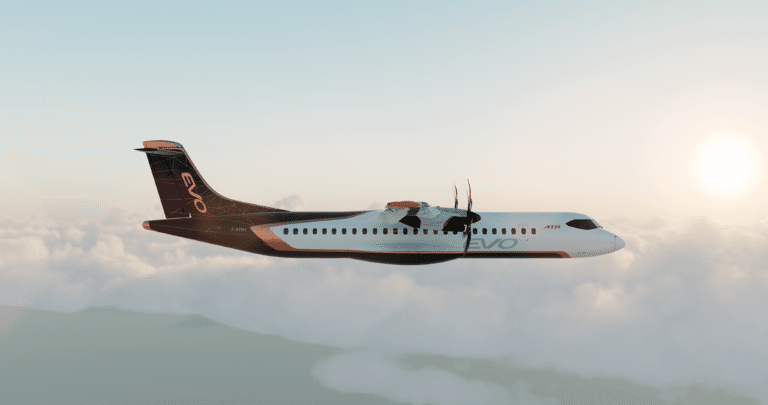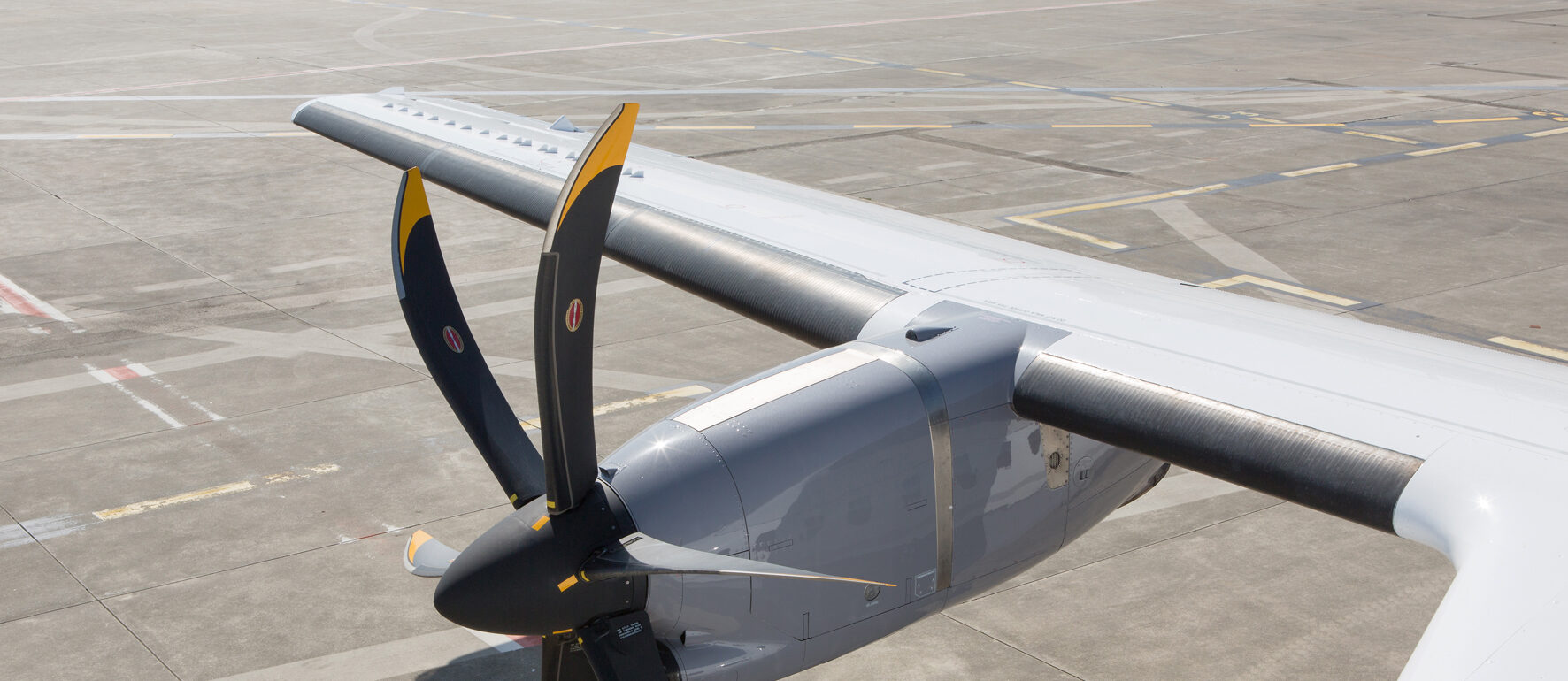This component is integral to the design of aircraft wings, flaps, ailerons, and elements of turboprop engines. Its distinct shape is crucial for controlling the flow of air or other fluids, thereby allowing the heavier-than-air craft to fly because they generate the lift needed to counteract the aircraft’s weight.
The mechanism by which an airfoil generates airplane lift is rooted in its ability to alter the speed and pressure of air flowing past it. Based on Bernoulli’s Principle, when the velocity of a fluid (such as air) increases, its pressure goes down.
The airfoil is designed to accelerate airflow over its upper surface, decreasing pressure above the wing. Simultaneously, the airflow is slower beneath the curved or flat bottom surface, maintaining higher pressure. This disparity in pressure across the airfoil creates an upward lift force.
Newton’s Third Law of Motion is also relevant in this context. When the airfoil directs air downward (creating downwash), an equal and opposite reaction is generated upward, which contributes to lift.
To optimise performance, the dynamic interaction between air velocity, pressure variations, and the airfoil’s angle of attack (the angle formed by the incoming airflow and the chord line of the airfoil) needs to be finely adjusted. This ensures maximum efficiency and meets the unique performance needs of various aircraft.
Airfoil parts and key characteristics
- Chord line: an imaginary line that joins the front leading edge to the rear trailing edge of the airfoil.
- Leading edge: the front section of the airfoil that makes initial contact with the air as the aircraft moves forward.
- Trailing edge: the back section of the airfoil where the air that has been split by the leading edge and passed over the airfoil reunites.
- Upper surface (suction surface): the airfoil’s top surface which usually experiences faster airflow, thus lower pressure.
- Lower surface (pressure surface): the bottom surface, which encounters relatively slower airflow, resulting in higher pressure.
- Camber: the curvature of the airfoil’s upper and lower surfaces affecting its lift and aerodynamic properties.
Airfoil types
- Symmetric airfoils: these airfoils have identical upper and lower surfaces, making them perfect for aerobatic aircraft where inverted flying is common.
- Cambered airfoils: these have a greater curvature on the upper surface than on the lower, providing better lift characteristics and are typical in commercial aircraft.
- Supercritical airfoils: designed to delay the onset of shock waves at transonic speeds, these airfoils feature a flattened upper surface and a sharper leading edge, commonly used in modern high-speed aircraft.
- Laminar flow airfoils: these are made to maintain a smooth flow of air over a significant portion of the surface, reducing drag force and improving efficiency, often found in high-performance gliders and business jets.
Airfoils are not only fundamental in defining the flight characteristics of aircraft but also in improving their operational efficiency across different flying conditions. The design of an airfoil involves a delicate balance between lift and drag, aiming for optimal performance that aligns with the aircraft’s intended function.








